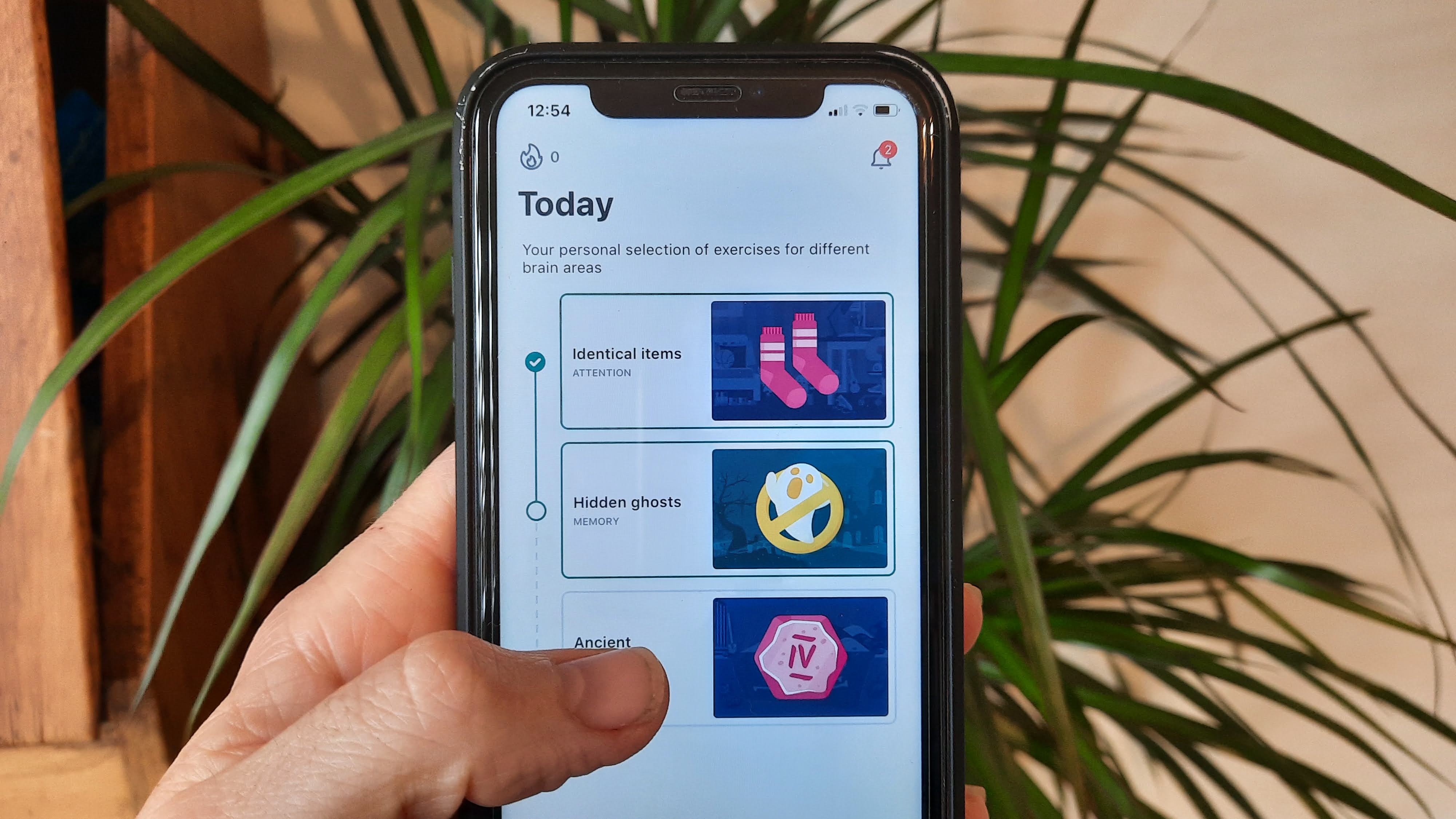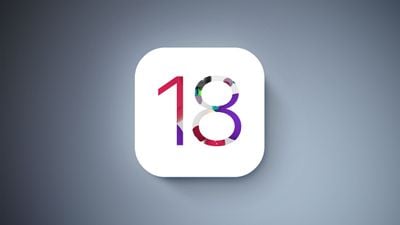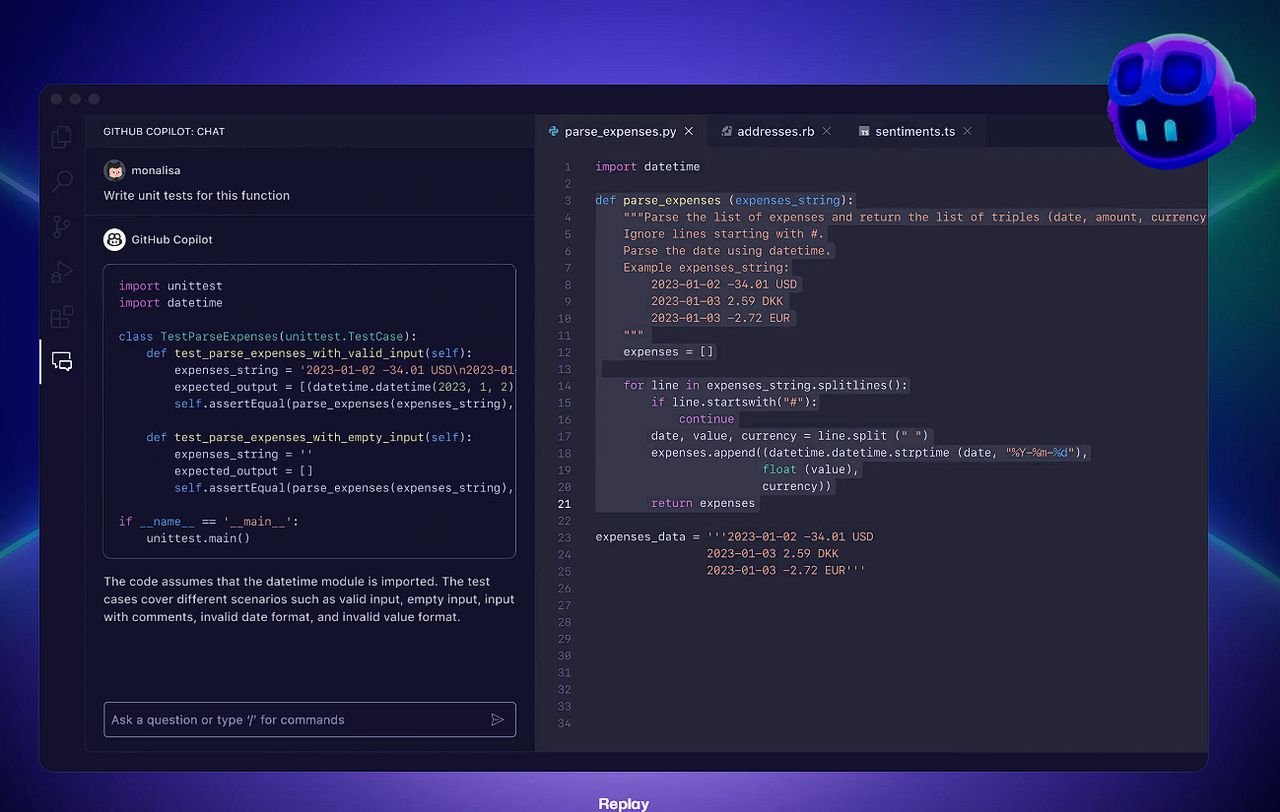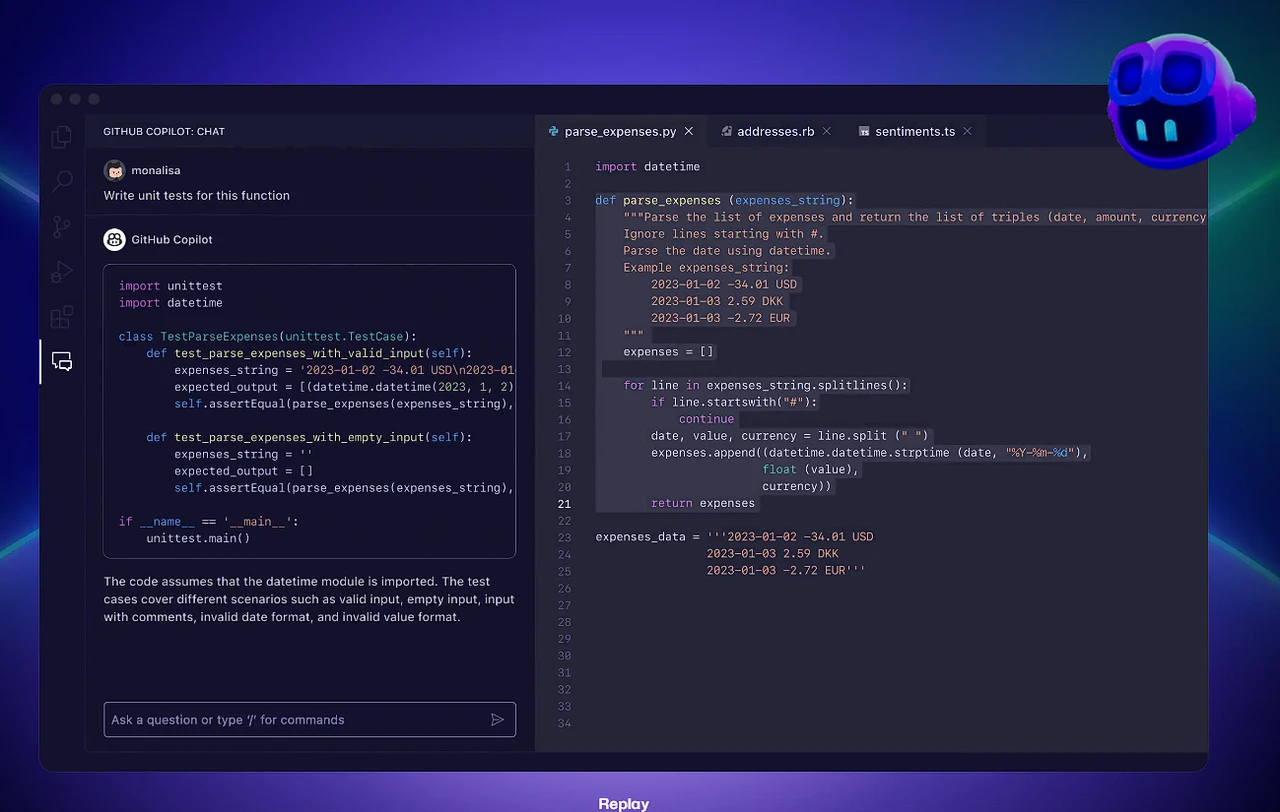[ad_1]
Whenever I pick up my smartphone, I’m confronted with the question, “Which app am I going to open?” More often than not, I open up an app that tells me the latest news from around the world or updates me on all the latest sports news. Because I’m a British man, I also have to keep on top of the weather forecast, so I always know when it’s going to rain.
More recently, I’ve been opening a completely different type of app. One that is doing me a lot more good and helping me be healthier and more mentally aware. It’s a brain training app called Impulse. There is no shortage of brain training apps and websites, but in my limited experience, there is isn’t a better one.
Homescreen heroes
This is part of a regular series of articles exploring the apps that we couldn’t live without. Read them all here.
For only £5.99 / $6.99 per week, or a reduced annual rate, Impulse promises to keep your brain sharp, enable you to relax and unwind, and stimulate and strengthen neural connections in your brain. That’s quite a collection of benefits for the price of only a couple of coffees. I can’t verify, scientifically, whether this app delivers on those promises, but I can say that I feel that I’m using my daily screen time more wisely.
Replacing doom scrolling with puzzle games that challenge my attention, memory, and brain processing speed has improved my mental health and removed that feeling associated with just wasting time swiping through endless videos and other types of content.

The app begins with a short set of personalized questions that help curate the content. It starts by asking how many minutes per day you’d like to target using the app. As a result, Impulse creates a daily set of games and puzzles that, if completed, will enable you to achieve your daily goal. This transforms the app from a random set of enjoyable puzzles to something that engages every competitive bone in my body.
Anyone who has read my piece on the ‘Been’ app will know how competitive I am! If you exit the day’s training, the app will ask you if you’re sure you want to give up. Talk about a red rag to a raging bull.

The rewards continue throughout the app. You can see your progress alongside streaks that increase each time you hit your daily target. One of my favorite rewards in this app is the ‘Badges’, of which there are around 20. Each badge requires you to play a set number of puzzles and games. Even though the badges don’t mean anything in the grand scheme of life, I still love knowing I’ve achieved something, even if it’s an inanimate app congratulating me.
The app is split into three main sections, revolving around games, puzzles, and tests. Games can be picked at random and filtered based on what type of brain training they achieve. These games have a surprising variety, and, thanks to their simplicity, are amazingly addictive.
At the end of each game, your statistics are presented, including how you compare to others. This further provokes the competitive lion inside of me. I don’t like being told that a large percentage of people are better at something than me, so I play the game again and try to outdo not only myself but all these other users that I’ll never have the pleasure of ever meeting.

Games can be given either a thumbs up or down, depending on your experience with them. I love the ability, at this point, to suggest improvements to each game. This devotion to improvement shows that the app developers want to make the app as engaging as possible.
In the puzzles section are 188 games, but must complete each one to unlock the next. Did I mention that I was competitive? This scratches all those itches and makes me want to solve puzzle after puzzle in pursuit of completing all 188 of them.
Impulse has captured my and the imagination of 50 million other users. It owes its popularity to its simplicity and rewards-based system, which keeps its users coming back for more. I’ve thoroughly enjoyed changing my app habits and certainly feel better for it.
[ad_2]
Source Article Link












